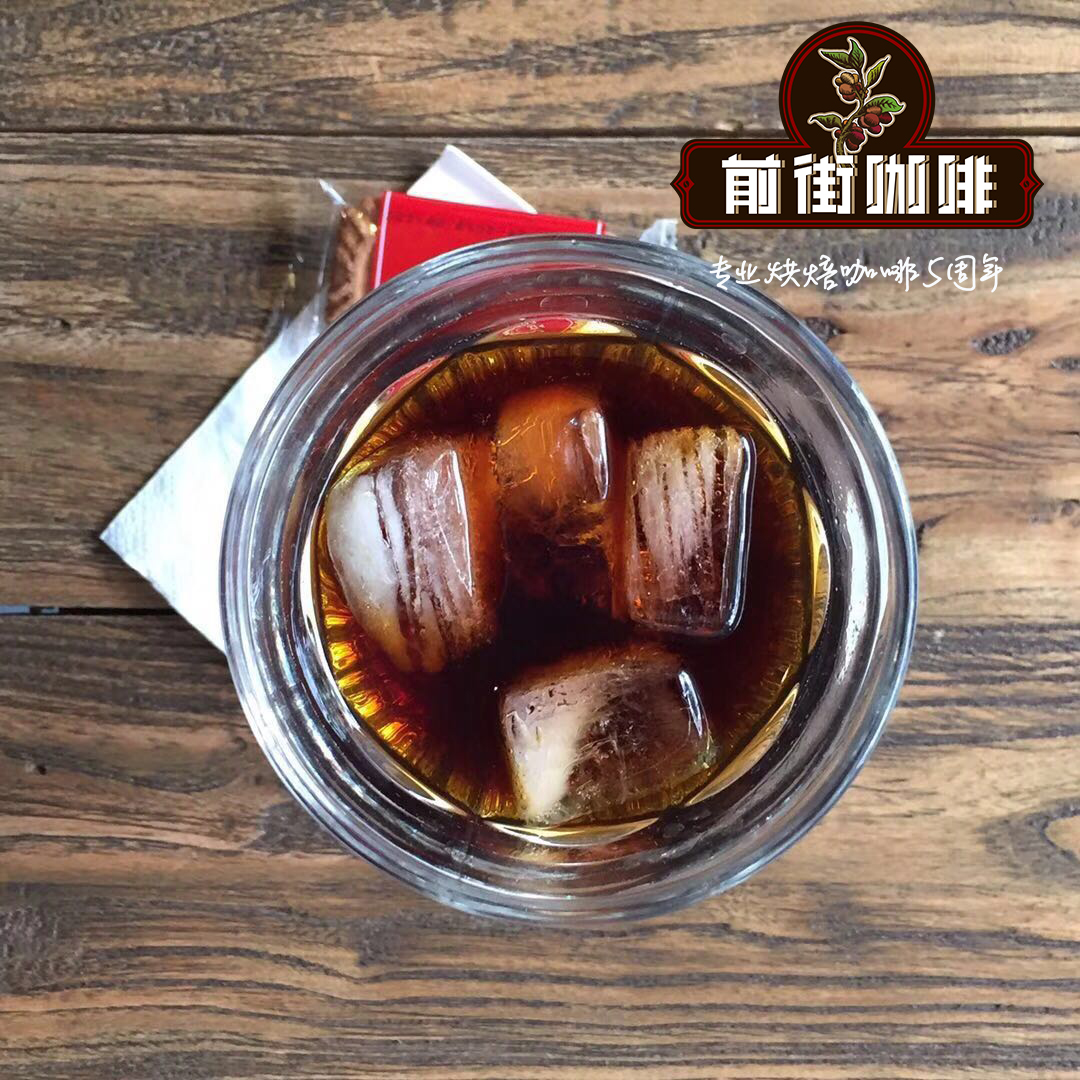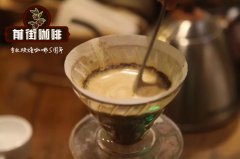Introduction to the origin of Yemeni Coffee Manor: Sonani with the aftertaste of fruit wine

Professional coffee knowledge exchange more coffee bean information please follow the coffee workshop (Wechat official account cafe_style)
Property Characteristics: farm characteristics
Farm farm name: Small producers small producing group
Grade grade: naturally dried Arabica beans, no regulatory body, no grading system
Region producing area: Sana'ani Shanani
Country countries: Yemen Yemen
Altitude altitude: 1650 m
Certification certification: without certification, all coffee is grown organically in accordance with the ancient method, and pesticides containing chemicals are not used.
Coffee Characteristics: coffee characteristics
Variety varieties: 10 special native mocha species are mainly Jaa'di,Taffahi and Dawairi.
Processing System treatment: Method Red ripe cherries dried on Africa Bed ripe cherry fruits were dried in an African (sun) elevated bed.
Harvest period harvest time: the main crop harvest period is from October to December, and the second harvest is in April in some producing areas.
Top Jury Descriptions judge's comment: the baking degree measured by the cup for 60 seconds at the beginning of the first explosion (Cinnamon)
Aroma aroma / flavor flavor: banana, spices, cinnamon, cloves, bergamot, maple syrup, longan, chocolate
Acid value: citrus, plum, cherry, tartaric acid
Complex complexity and other other: rose perfume, creamy taste mellow, caramel sweet taste, lingering fruit wine taste
Cup score and overall comment of Qianjie Coffee
Yemeni Sanani beans are full of sour wine, the woody aroma is less fermented fruit, the aroma is low, and the long aftertaste is the strength of Yemeni coffee. Recommended as hand-brewed coffee beans
It is also located on the Arabian Peninsula of the Asian continent, very close to Africa as long as it crosses the Red Sea and the Gulf of Aden Gulf of Aden, but other Arab countries do not produce coffee, so people classify Yemeni coffee as African coffee. Mocha is the export port of Yemeni coffee, because it is difficult to name all the tiny sub-producing areas in the history of coffee trade, even though the coffee produced by these insignificant small producing areas is very good, so it is named after the place of export. the sun beans nearby, including East Africa, were exported from the port of Mocha to all parts of the world in the early days, and now the port of Mocha has long been silted up and disappeared. Many Ethiopian sun beans are also named mocha, such as Haramoka, which we know well, because its flavor has something in common with Yemeni coffee.
Yemen was the first country to use coffee as a cash crop. Legend has it that Muslim Sufi pilgrims were introduced from Ethiopia in the 6th century. The most correct spelling should be Al-Mahka, which is Arabic spelling, growing on steep terrain with little rainfall, poor land and insufficient sunshine. This unique and difficult condition for coffee growth has given birth to an irreplaceable Yemeni mocha. Most of the wild Yemeni beans are unmanaged, grow naturally and then mature and dry, farmers only do the work of picking up, the overall style is [wild] or [natural] with high complexity, and for some people it is spicy, but you must try it sometime anyway, if you fall in love with him deeply, it will be the beginning of a whole new coffee journey.
Yemeni Sanani is located in the capital area, where coffee is grown on terraces. There is no data to verify the wild varieties. Shannani's biggest feature is raw beans with a fermented wine aroma, which is not found in other countries after being calm and full of fermented wine.
Related recommendation: what is mocha coffee? Yemeni mocha-Matali sun beans are the real mocha coffee beans in Yemen
Important Notice :
前街咖啡 FrontStreet Coffee has moved to new addredd:
FrontStreet Coffee Address: 315,Donghua East Road,GuangZhou
Tel:020 38364473
- Prev

Yemeni Coffee Manor introduction: coffee beans with red wine aroma of Yishima Haraazi
For more information on coffee beans, please follow the coffee workshop (Wechat official account cafe_style). Some people say it is the oldest tree species and some people say it is the producing area. In the local market of Haraazi in Yemen, the suppliers of spices, tea, Qat katgrass and coffee say that his coffee beans are special because they are always mixed with very special flavor.
- Next

Yemeni mocha supreme Shirazi origin introduction of Yemeni mocha supreme Shirazi origin flavor
For more information on coffee beans, please follow the coffee workshop (Wechat official account cafe_style). In fact, Yemen is located on the Arabian Peninsula of the Asian continent, but it is very close to Africa as long as it crosses the Red Sea and the Gulf of Aden Gulf of Aden. However, other Arab countries do not produce coffee, so people classify Yemeni coffee as North African coffee.
Related
- Does Rose Summer choose Blue, Green or Red? Detailed explanation of Rose Summer Coffee plots and Classification in Panamanian Jade Manor
- What is the difference between the origin, producing area, processing plant, cooperative and manor of coffee beans?
- How fine does the espresso powder fit? how to grind the espresso?
- Sca coffee roasting degree color card coffee roasting degree 8 roasting color values what do you mean?
- The practice of lattes: how to make lattes at home
- Introduction to Indonesian Fine Coffee beans-- Java Coffee producing area of Indonesian Arabica Coffee
- How much will the flavor of light and medium roasted rose summer be expressed? What baking level is rose summer suitable for?
- Introduction to the characteristics of washing, sun-drying or wet-planing coffee commonly used in Mantenin, Indonesia
- Price characteristics of Arabica Coffee Bean Starbucks introduction to Manning Coffee Bean Taste producing area Variety Manor
- What is the authentic Yega flavor? What are the flavor characteristics of the really excellent Yejasuffi coffee beans?

